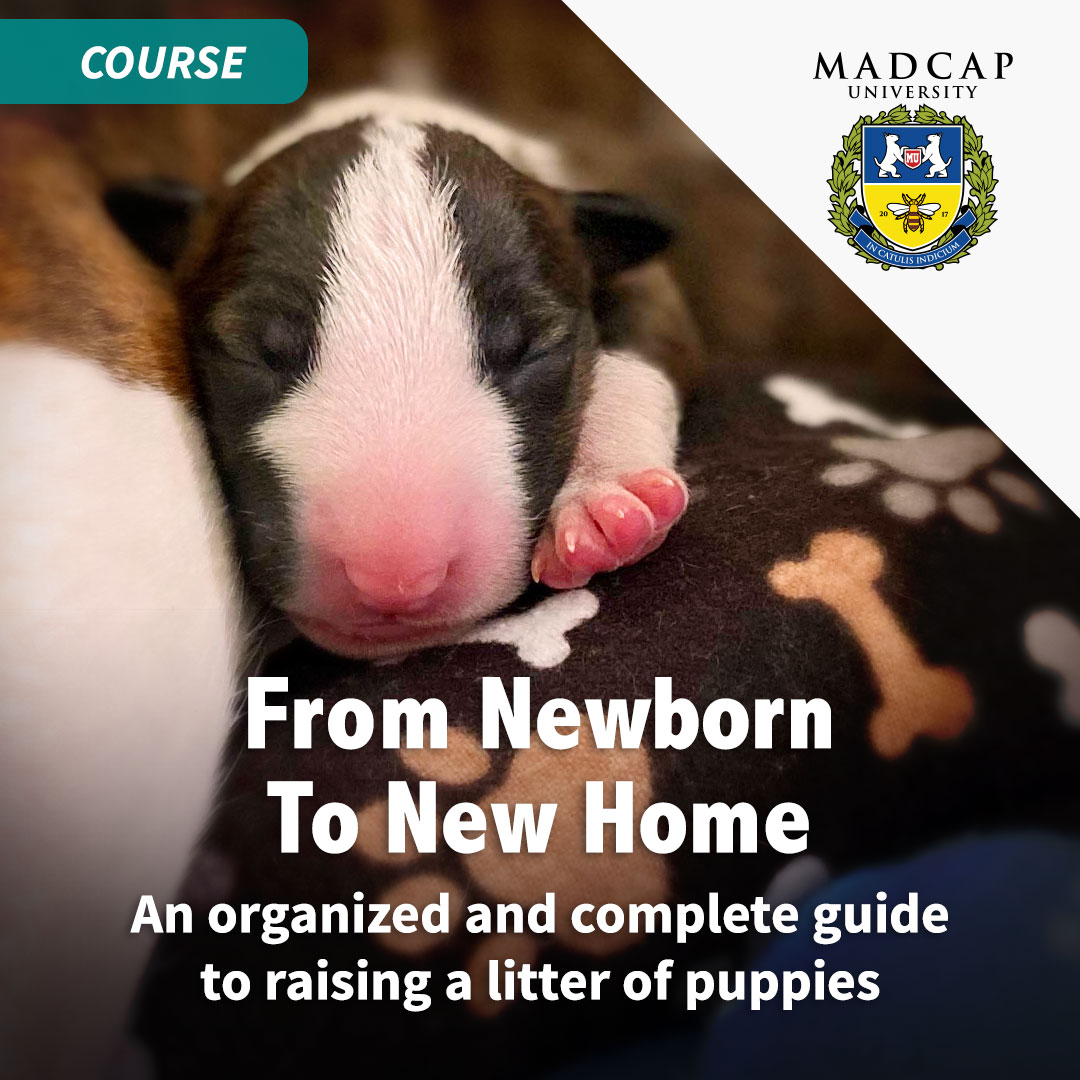Puppy Culture Potluck SeriesYou bring the topics, we bring the discussion.
No time to read our Puppy Culture Discussion group every day? No problem! Now you can get highlights of the discussion group in podcast format.
I’m going to be grabbing questions from the discussion group that sparked interesting discussion and talk about them on air.
Who knows, some guests may drop in as well…
|
|
In this episode, I tackle that question and discuss key issues around “littermate syndrome.”
Listen wherever you get your podcasts, and subscribe so you never miss an episode!
Referenced Courses and TitlesFurther reading and citations to the referenced studies and findings
There’s No Scientific Reason to Believe Littermate Syndrome Exists - IAABC Foundation
Kayla Fratt, CDBC.
1 Comment
12/7/2023 08:47:48 am
Great perspective and makes a lot of sense! I always tell people considering two same age puppies to expect MORE than double the work! As long as they have time, energy, and money, they should be successful. I also tell them, however, that getting two age mates means they are likely to lose two dogs in a short time frame; that's the biggest reason I would avoid two pups together.
Reply
Your comment will be posted after it is approved.
Leave a Reply. |
AuthorJane Messineo Lindquist (Killion) is the director of "Puppy Culture the Powerful First Twelve Weeks That Can Shape Your Puppies' Future" as well as the author of "When Pigs Fly: Training Success With Impossible Dogs" and founder of Madcap University. Archives
July 2024
Categories |




















